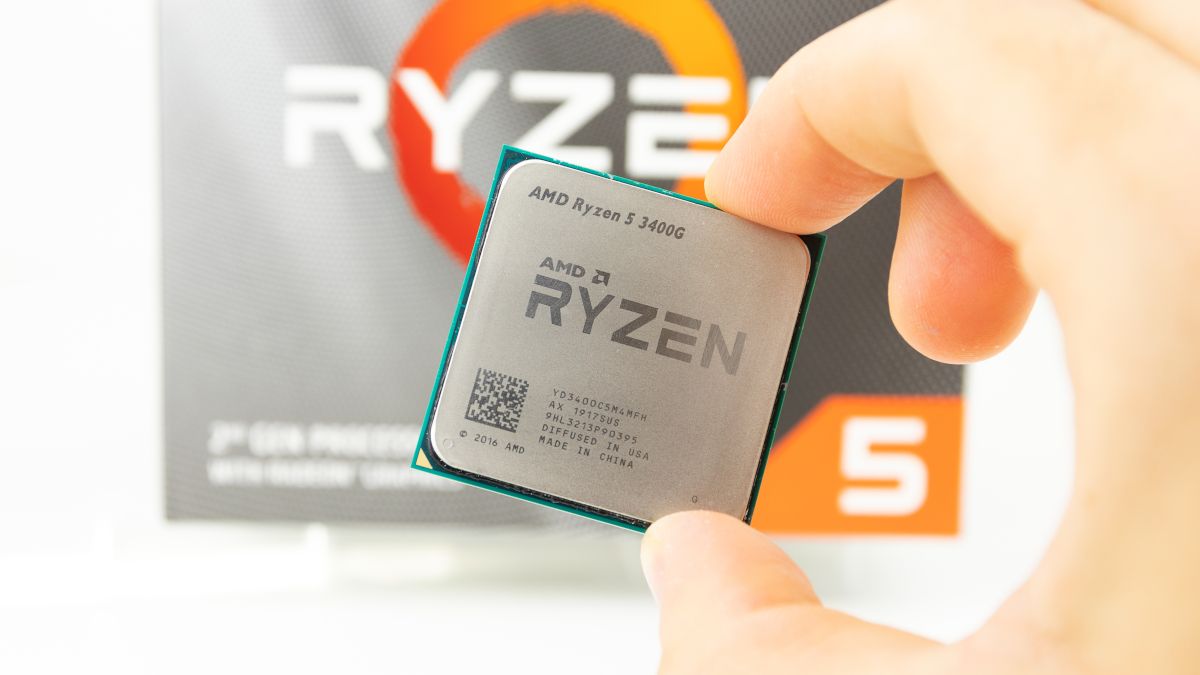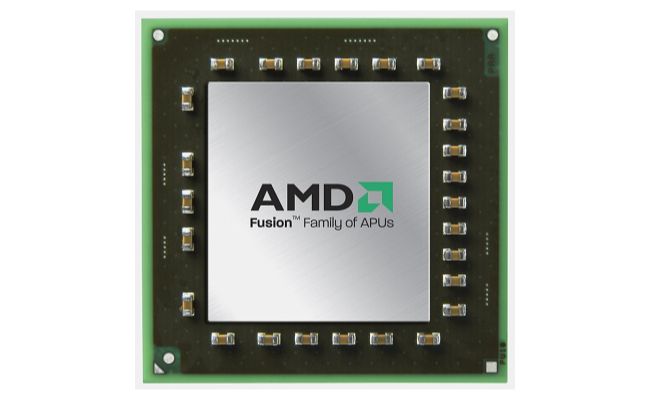Quick Links
You may have heard the term APU used alongside GPU and CPU to describe a certain type of chip inside a desktop, laptop, portable device, or console. So what benefits does an APU provide, and why are they used in the first place?
APU Stands for Accelerated Processing Unit
An Accelerated Processing Unit, or APU for short, is a term coined by chip-maker AMD. It refers to a microprocessor that includes both a standard 64-bit central processing unit (CPU) and an integrated graphics processing unit (IGPU) in one.
The first APUs arrived in 2011 and used the 32-nanometer fabrication process with the latest chips (as of writing) using the 7-nanometer process. This technology was originally known by AMD as Fusion. Only AMD uses the term "APU" in its marketing, but Intel has used a similar technique in its processor architectures to combine a CPU and GPU on a single die.
There are numerous benefits to doing this, starting with improved performance. With the CPU and GPU on the same die, resources can be shared between the two. This is especially pronounced in tasks that use the GPU, providing big gains over much older onboard graphics solutions that were traditionally included on the motherboard.
An APU removes the need to install a separate graphics card to see performance gains in basic tasks like watching videos and browsing the web. APUs provide a more power-efficient and economical solution to installing a dedicated GPU in machines that rarely make full use of one.
But APUs are not without their drawbacks. An APU won't provide the same performance benefits as a dedicated GPU, and can't be upgraded separately to the CPU. They're often too limited to be of use to those who need serious graphical performance, like in the case of high-end gaming or professional video editing.
Some Common Examples Where APUs are Used
AMD has used APUs in a variety of retail chips bearing the Ryzen and Threadripper branding, as "Opteron" server chips, and as mobile and ultra-mobile chips designed for use in notebooks and other low-powered devices.
The company also creates custom APUs for use in proprietary systems. So far AMD has manufactured APU solutions for the Sony PlayStation 4 and subsequent Slim and Pro models, the Xbox One and subsequent One S and One X, and the latest PlayStation 5 and Xbox Series consoles. The company also produces the chip that powers Valve's handheld Steam Deck.
The semiconductor shortage that began in 2020 prompted many PC gamers to consider an APU solution when building a PC due to the difficulties involved in buying a dedicated GPU. As PC Gamer put it in April, 2021, "These Ryzen APUs will offer you something graphics-wise, and at least tangible gaming framerates."
APUs Will Continue to Evolve
The next generation of APUs will likely power future console revisions by Sony and Microsoft, and Valve's next iteration of the Steam Deck. Your next notebook may use an APU or something very similar with Intel branding.
Learn more about what differentiates a CPU from a GPU, whether you really need a graphics card, and how to move past the global semiconductor shortage.



